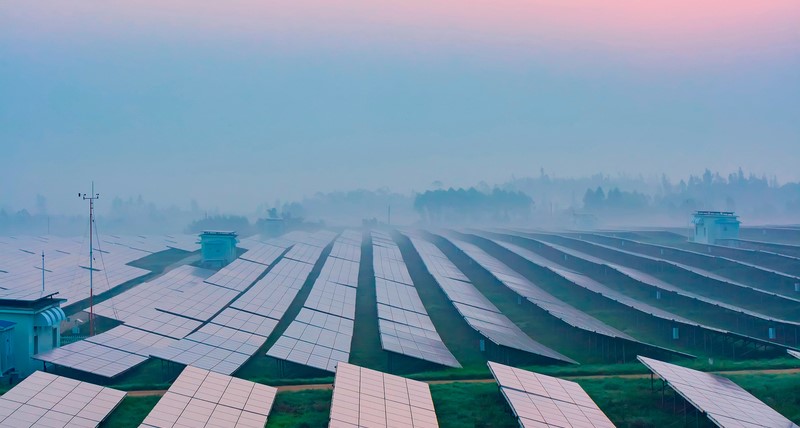Measurement results from water monitoring instruments quantify parameters that describe important characteristics of the aquatic environment. Additional information associated with the measurement result provides context, including the ‘who, what, where, how, and why.’ This contextual information about the measurement – or more simply “the data about the data” – is called metadata. Such information is a part of every water quality monitoring program, sometimes to a great extent and often recorded painstakingly by hand.
Effort to collect metadata is taken because the results are useful in helping to notice problems, judge data quality, ascertain comparability between datasets, and build trustworthiness in the measurement results. Furthermore, measurement results alone are rarely enough to help answer questions about hydrologic and ecological systems. They are used in context with other information – including metadata – to answer these questions. Therefore, when used wisely and comprehensively, metadata enhance the value of a water monitoring program to users, data analysts, program cooperators, and
other stakeholders.
The Hydrolab HL4 multiparameter sonde provides industry-leading amounts of metadata with each measurement result. Specific examples include: user name that generated the data, location information about where the data were collected, date, time, and time zone of when the data were collected, sonde settings like sensor warm up time used during the measurement, whether the sensors were stable during measurement, whether sensor calibration and maintenance are expired, sensor and sonde status during the measurement.
In the Hydrolab HL4 multiparameter sonde, metadata are part of the permanent record stored with the log file. After the measurement, data users sometimes question whether the results are useable because of accuracy, spatial and temporal orientation, or relevance to the question being asked. With information about the means of collection, functional state of the instrument during the measurement, creator of the data, and time, date, and location of data creation, uncertainty about the measurement results is reduced and misleading conclusions can be avoided. Ultimately, data quality increases and less time is used during data analysis.
Because metadata are data, it can be stored, managed, and analyzed in the same way basic measurement results are treated. Answers can be generated regarding sensor and system performance over time, timeliness and effectiveness of calibration and maintenance procedures, and repair and replacement plan efficiency. In the absence of metadata, important questions can go left unanswered.
For more information on metadata and the Hydrolab HL4, please visit www.hydrolab.com


